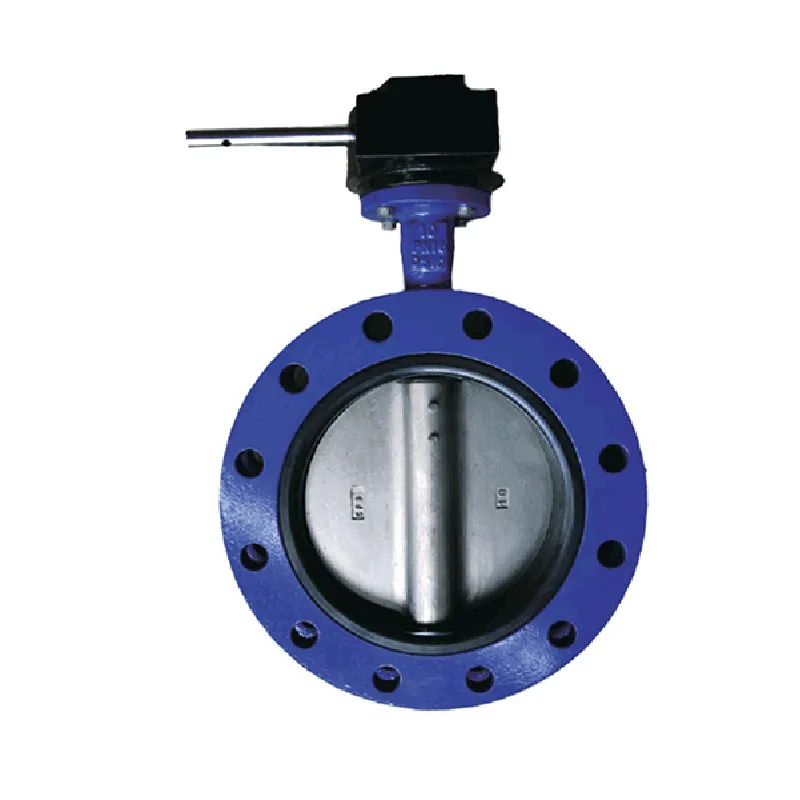10 月 . 17, 2024 05:00 Back to list
Industrial Gate Valve Features and Applications in Modern Infrastructure Systems
Understanding Industrial Gate Valves Function, Types, and Applications
Industrial gate valves are crucial components widely used in various industries for regulating the flow of fluids and gases. These valves operate by raising or lowering a gate within the valve body, providing a straightforward mechanism for opening and closing flow paths. This design allows for minimal pressure drop across the valve, making them an essential choice in systems where full flow is necessary.
Function and Design
The primary function of a gate valve is to allow or prevent the flow of a medium. When the valve is fully opened, the gate is lifted entirely out of the flow path, permitting unobstructed fluid movement. Conversely, when the valve is closed, the gate is lowered, effectively sealing the pipeline to prevent any flow. This on/off operation is different from throttling valves, which regulate flow by partially opening.
Gate valves are commonly designed in two main configurations the rising stem and the non-rising stem. The rising stem gate valve features a stem that moves up and down as the valve is opened or closed, making it easy to visually confirm the valve position. Non-rising stem valves, on the other hand, have a stem that does not extend above the valve body, making them suitable for applications with limited vertical space.
Types of Gate Valves
Industrial gate valves come in various materials and designs to meet the specific requirements of different applications. Common materials include carbon steel, stainless steel, and cast iron. The choice of material often depends on the type of fluid being transported, the temperature and pressure conditions, and the environmental factors that may affect the valve's longevity.
There are two main types of gate valves parallel disc and wedge. Parallel disc gate valves use two parallel discs that slide together to create a seal, making them suitable for low-pressure applications. Wedge gate valves, characterized by a single wedge or tapered gate, provide a tighter seal and are commonly used in high-pressure systems.
industrial gate valve

Applications
Industrial gate valves are found across numerous sectors, including oil and gas, manufacturing, water treatment, and power generation. For instance, in the oil and gas industry, gate valves are utilized to control the flow of crude oil and natural gas in pipelines. Their ability to create a tight seal makes them vital in preventing leaks and ensuring safe operation.
In water treatment facilities, gate valves help manage the flow of water in various stages of processing, from filtration to chemical dosing. The construction of gate valves allows them to withstand harsh conditions, making them ideal for environments with corrosive substances or extreme temperatures.
Advantages and Disadvantages
One of the key advantages of gate valves is their ability to provide a straight flow path with minimal turbulence, which is essential for maintaining system efficiency. Moreover, they are generally less prone to wear and tear compared to other valve types, such as ball valves or globe valves, especially in high-pressure applications.
However, gate valves also have drawbacks. They are not suitable for throttling or regulating flow, as partially opening the valve can cause significant pressure drops and potential damage. Additionally, the slower actuation time compared to other valve types can be a disadvantage in applications where quick modulation is required.
Conclusion
In conclusion, industrial gate valves play a vital role in fluid and gas management across various industries. Their simple, effective design allows for reliable operation and tight sealing capabilities while minimizing pressure loss. Understanding the types, functions, and applications of gate valves is essential for engineers and technicians involved in design, installation, and maintenance. With advancements in materials and technology, gate valves continue to evolve, ensuring that they remain a cornerstone of industrial flow control.
Share
-
Understanding the Differences Between Wafer Type Butterfly Valve and Lugged Butterfly ValveNewsOct.25,2024
-
The Efficiency of Wafer Type Butterfly Valve and Lugged Butterfly ValveNewsOct.25,2024
-
The Ultimate Guide to Industrial Swing Check Valve: Performance, Installation, and MaintenanceNewsOct.25,2024
-
Superior Performance with Industrial Swing Check Valve: The Essential Valve for Any SystemNewsOct.25,2024
-
Industrial Swing Check Valve: The Ideal Solution for Flow ControlNewsOct.25,2024
-
You Need to Know About Industrial Swing Check Valve: Functionality, Scope, and PerformanceNewsOct.25,2024